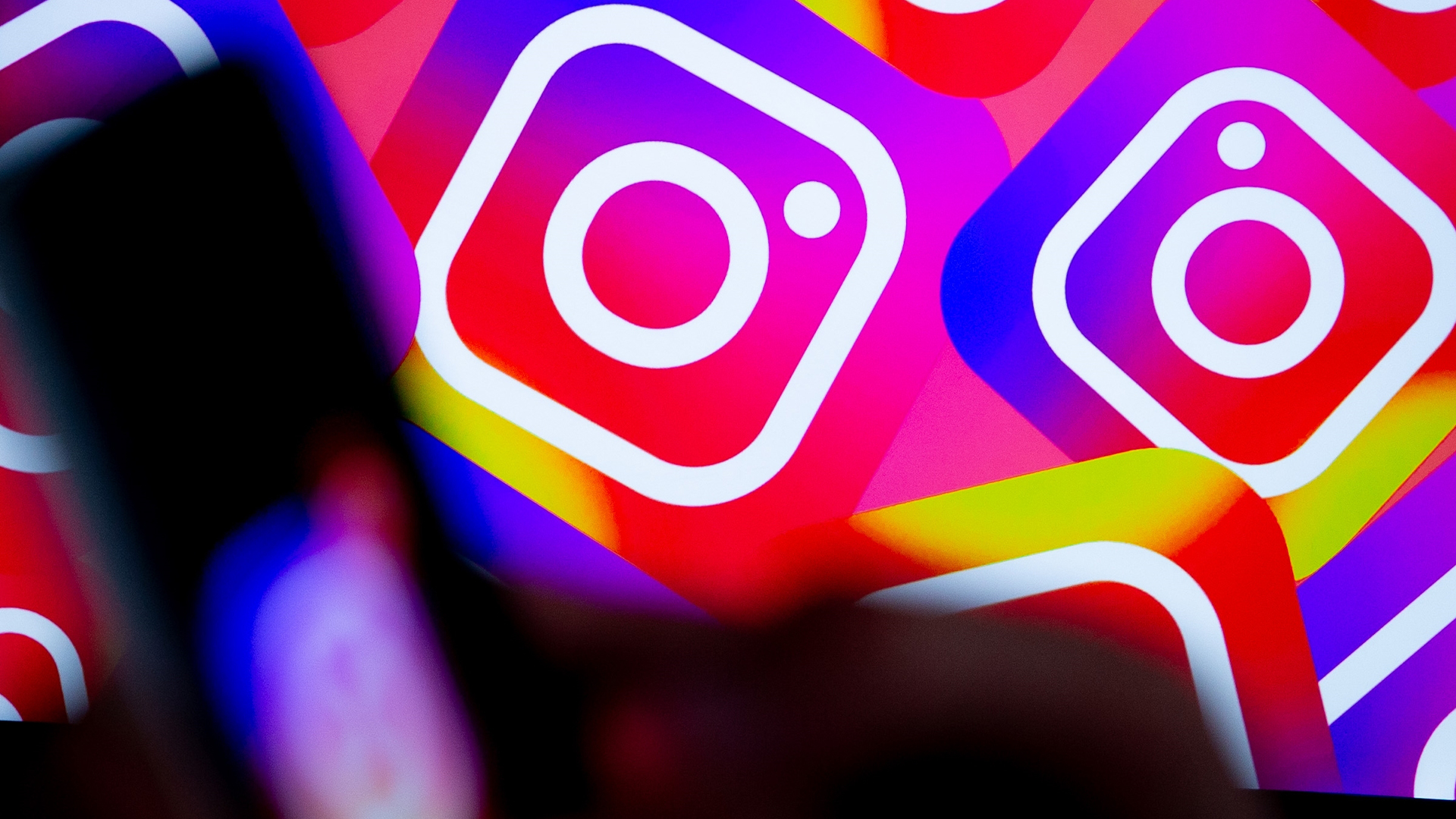What brands can learn from Instagram’s new sonic logo: where did it go wrong?
While Instagram’s newly launched sonic logo has drawn criticism, there are lessons to be learned from the media company’s choices.

As brands strive to find ways to stand out to increasingly fatigued consumers, they are realising the power of stepping beyond visual creative to include sonic branding. Some brands are already doing this to brilliant effect. Think MGM’s roaring lion, Netflix’s “Tudum” and McDonald’s smooth, now twenty-year old “ba-da-ba-ba-ba.”
However, not every sonic logo is a hit with consumers. Look at Instagram’s newly launched sonic logo. Created for the end of its reels, it’s safe to say it’s creating a certain “discord” with some users. I wonder what your first reaction was on hearing it. Maybe you were startled and wondered if something had gone wrong with the app. That’s because, as humans, we’re wired to react to sound from both a physiological and emotional perspective.
The right sonic logos use that same physiological and emotional response to create a lasting connection between brand and consumer. While Instagram’s initial try at a sonic logo may have fallen short of the mark, there are some key lessons to be learned for future attempts by the media company and other brands. See the various elements in Instagram's post below then read all about it.
A post shared by Instagram’s @design (@design)
A photo posted by on
Sonic Design considerations
Instagram starts its new sonic logo with a kick drum sound, which they say they used to be “punctuated, but imperfect,” to symbolise everyday creativity. There are a few issues with this, however, from the sonic design perspective.
A kick drum (or bass drum) is a low frequency instrument, meaning it has a low boom sound to it. Consumers primarily use Instagram on their mobile phones, whose tiny speakers are unable to recreate such low frequencies. That means users can only hear the “click” frequencies of the kick drum and these little spikes of audio can be startling to some users, sort of like if you heard a branch snap behind you.
Following the kick drum on Instagram’s sonic logo is a major chord played by strings or a synth, although they’ve used processing to make the sound feel stuttered or glitched. While they say it’s to communicate intentional imperfection, outside of electronic music, most of us associate a stuttering sound as something gone wrong (anyone who remembers when their CD or vinyl record used to jump and skip knows what I mean). This makes even the positive sounding major chord have a negative connotation.
Focusing on feeling
Outside of the technical issues, it seems like Instagram is trying to catch users’ attention with this punctuated sonic logo. The problem is, when we hear a sudden punctuated sound, our brain immediately, and urgently, tries to figure out if there is a threat. The sound is also lacking character, feels flat and doesn’t have a strong link to the brand.
Get the Creative Bloq Newsletter
Daily design news, reviews, how-tos and more, as picked by the editors.
So what could Instagram have done instead? They would’ve done well to focus on who they actually are to their audience, which is a sleek platform that easily allows you to create, upload and share content in a beautiful format.
They should capture this feeling by losing the kick drum and instead creating a sound which begins and ends smoothly, giving users an effortless experience and accurately reflecting the platform the user is on. This could be a warm, major chord that starts small but opens wide, helping users feel like their individual content is being sent out to the world for everyone to enjoy.
Great sonic logos communicate the spirit of a brand in just a few seconds. This is no easy feat, but considering sonic design principles, understanding the consumer’s relationship to your brand and focusing on the feeling is a sure path to helping brands broadcast “effortless” over “error.”
For a successful sonic logo story, see what happened when Cadbury released its new sound.

Thank you for reading 5 articles this month* Join now for unlimited access
Enjoy your first month for just £1 / $1 / €1
*Read 5 free articles per month without a subscription

Join now for unlimited access
Try first month for just £1 / $1 / €1

For over 10 years, Brian Scherman has worked as an expert in the field of Sonic Branding and Sonic Experience Design, crafting elegant systems of sounds for some of the largest brands in the world including Walmart, Lexus, American Express, and Netflix.
Brian brings deep creativity together with technical expertise, designing interaction sounds for autonomous vehicles, critical alerts and alarms for medical devices, and entrainment ambiences for sound in wellness experiences.
He brings all his experience to Songtradr as Head of Creative Production, overseeing the bespoke composition work out of the Americas.
